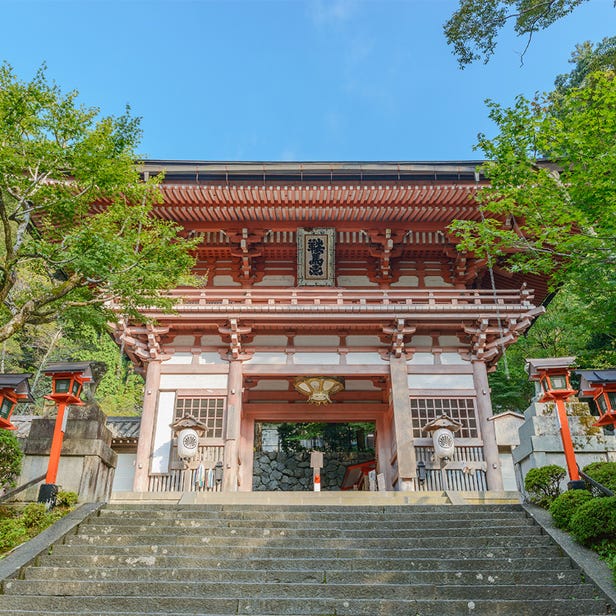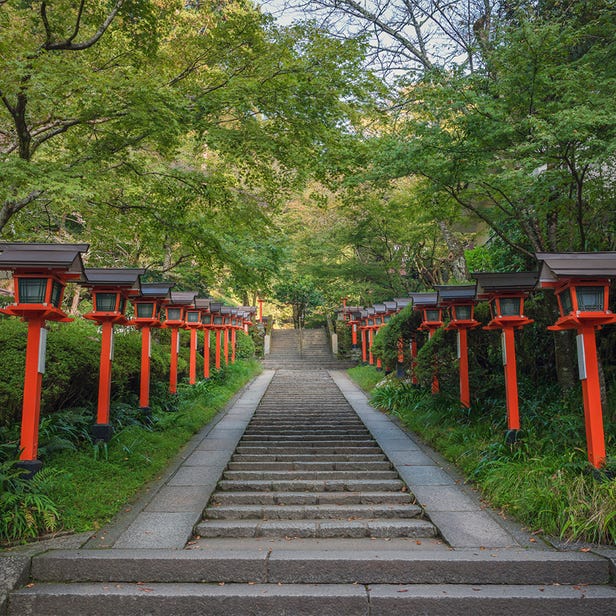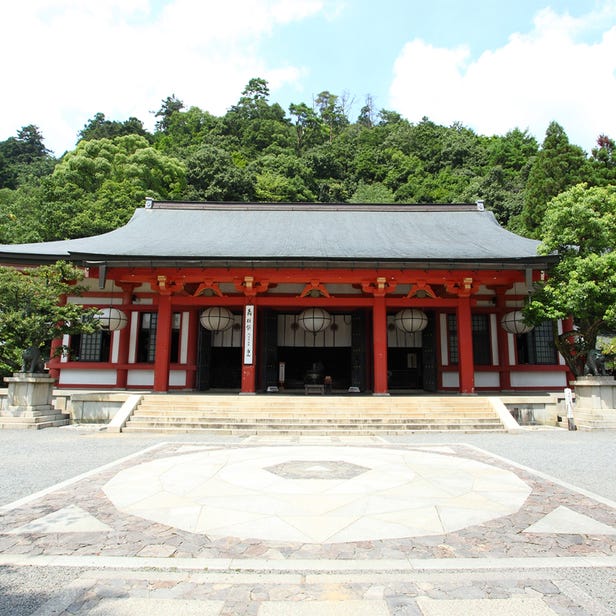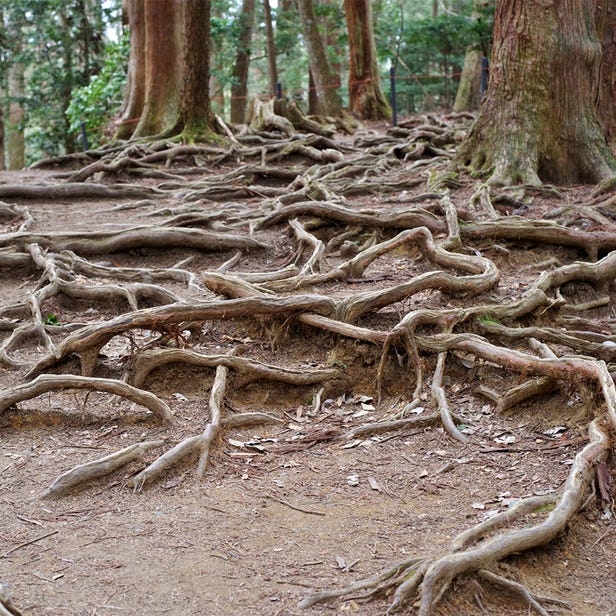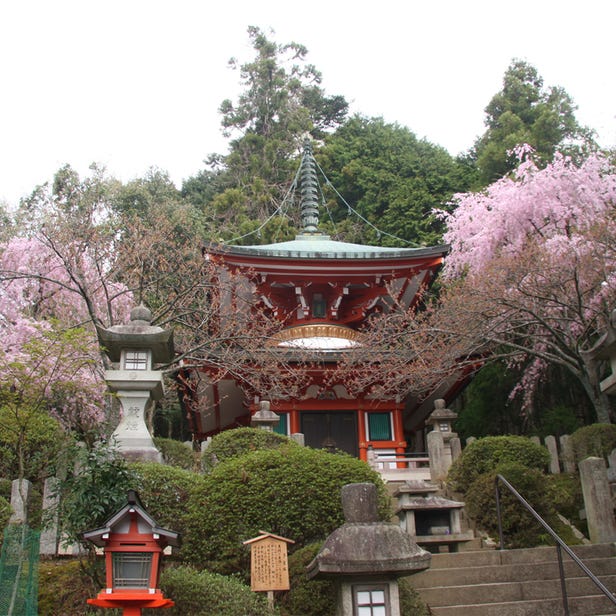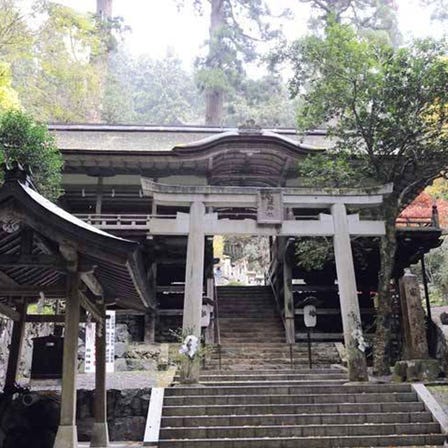Description
The holy mountain of Kurama, located in the suburbs of Kyoto, is famous for being the place where Ushiwakamaru (the childhood name of Minamoto no Yoshitsune) trained. Kurama-dera Temple was founded on Mt. Kurama in 770 by a monk named Gantei, and it has been worshipped since the Heian Period as a temple that protects northern Kyoto. Sonten, a trinity composed of Senju Kannon, Bishamonten, and Goho Maoson, is enshrined within. The entirety of Mt. Kurama is believed to be an object of worship and the temple buildings are located around the middle of the mountain on the southern side. After passing through Nio-mon gate and entering the mountain, visitors ascend a path with many bends to reach the Kon-do Main Hall. A cable car is also available for visitors who cannot make the trek.
・Visit the Kon-do Main Hall to feel the power of Sonten and become one with Sonten
Senju Kannon, Bishamonten, and Goho Maoson are enshrined within the Kon-do Main Hall. These principle images are usually hidden from view and are only made public once every 60 years on a special year called 'hinoe-tora' or 'hei-in' (based on the sexagenary cycle). The next time the images will be shown is in 2046. The six-pointed Kongosho (golden floor) just outside the Kon-do Main Hall is also popular as a spiritual spot and visitors line up to stand on it. Designed in the shape of a star mandala, which is said to spread the energy of Sonten and the universe, it is a training site for humans to become one with Sonten.
・Kinone Michi is a mysterious path, where it is said that Ushiwakamaru trained every night with legendary creatures called tengu
At the end of the Heian Period, Minamoto no Yoshitsune (known as Ushiwakamaru as a youth) entered Mt. Kurama to train at the age of seven. During the day, he trained at Tokobo Temple located above Yuki-jinja Shrine, and at night, it is said that the mythical tengu in Sojo Valley taught him military strategies. Close to the valley is an area called Kinone Michi where tree roots cover the ground, and it is believed that Ushiwakamaru was trained by the tengu here.
・A popular destination during the Heian Period, which was visited by famous historical figures such as Sei Shonagon and Murasaki Shikibu
During the Heian Period, many influential figures such as Fujiwara no Michinaga visited Kurama-dera Temple. It seems that many women who served the Heian dynasty also visited. In the Pillowbook, Sei Shonagon describes the mountainous path in the following way: ”The road to Kurama is a winding path; at a glance the distance appears to be quite near, but it is quite far.” In the Tale of Genji, Murasaki Shikibu writes a scene in which Hikaru Genji and Wakamurasaki visit ”a certain temple in the northern hills” and proceeds to describe the view of Kurama-dera Temple in vivid detail.
Location Information
-
- Address
-
1074, Kuramahonmachi, Sakyo-ku, Kyoto-shi, Kyoto, 601-1111
-
- Nearest Station
-
Kurama Station
・ Eizan Dentetsu-kurama Line
30 minutes on foot
-
- Phone Number
-
075-741-2003Available languagesonly in Japanese
-
- Hours
- 9:00am - 4:30pm
-
- Closed
- None
-
- Public Site
- Official Site
Recommended Spots in Area
- Visiting
- Lodgings













